The car that Birkin raced at Le Mans in 1930
"The most famous Bentley in the world: 1930 Le Mans 'Blower' 4½-litre driven..."
By Andrew Frankel - The Telegraph, November 2017
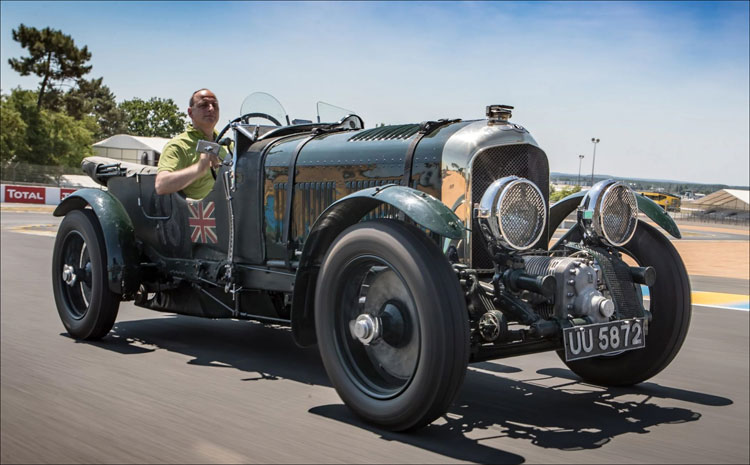
The supercharged 4½-litre is almost entirely original, meaning it is the very same car
that Sir Henry 'Tim' Birkin raced at Le Mans in 1930 Credit: Bryn Musselwhite
This car is more than just a vintage Bentley. It is more than a supercharged "Blower" Bentley, of which only 50 were made. Its importance is not even that it is one of four Blowers made as pure racing cars at the behest of Sir Henry "Tim" Birkin, nor that, of them all, this was his favourite.
The reason this car is the most valuable Bentley in the world is that it is almost entirely original. Which means that what you see here is, in all important regards, the same car that Birkin raced at Le Mans in 1930, playing a full part in ensuring Bentley's fifth and final victory in the 24-hour race before it went bust.
Because it is unique, there is nothing against which it can be valued, but even conservative figures are in the tens of millions. Not that this is anything other than academic: Bentley Motors owns the car and it will never be sold.
The feat for which it is most famous came at that Le Mans race 87 years ago. One Bentley was required to go out and push the Mercedes-Benz SSK driven by Rudi Caracciola beyond the limit of mechanical endurance. Birkin, the bravest and most talented of the Bentley Boys, did not hesitate.
He eventually caught up with the Benz on the Mulsanne Straight. Caracciola positioned himself in the middle of the track with not enough road to the left or right to pass. But there was always the grass. Birkin reckoned he was doing 125mph on the greenery when a back tyre threw its tread. Caracciola saw the slewing Bentley and knew it must pit that lap.
Birkin had other ideas. On the next lap he set a record time that would stand for the whole race, before the remains of the tyre finally exploded, putting him out of contention. It was left to a less-stressed Bentley to shadow the over-stressed Mercedes, wait for it to break and sweep to victory.
It was a heroic gesture, endearing Birkin to the generations of schoolboys to whom he dedicated his autobiography.
One of them, me, is now back at Le Mans with his car once more primed and ready to go. Evidence of its racing career is everywhere: the pit instructions painted on the inside of the body, the lap counter, the external oil filler and enough dials to make the cockpit look like that of a Second World War fighter.
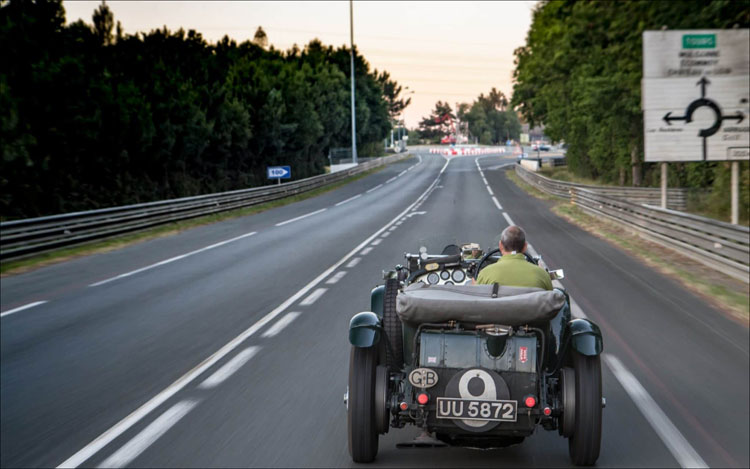
The circuit at Le Mans consists mainly of public roads. Here, Frankel approaches the sharp right-hander just before the village of Mulsanne, which gave its name to later Bentleys Credit: Bryn Musselwhite
You start it by turning on a fuel pump, flicking two magneto switches, retarding the ignition on the steering wheel level and thumbing a big metal button. The 4.4-litre, four-cylinder lump fires immediately, a deep thunder known affectionately to the Bentley Boys as "that bloody thump".
The most important thing to remember is that the accelerator is in the middle and the brake on the right; a multimillion-pound mistake waiting for me. By comparison, the fact the gearbox has no synchromesh so every change needs to be timed to be perfection is almost neither here nor there.
That aside, it's really not that difficult to drive. With 240bhp in a car weighing about 1,500kg, its performance is about that of a modern hot hatchback; in 1930 with a top speed at least three times that of a normal car, it was far more than the Bugatti Chiron of its day. The steering is more accurate than you'd think, the chassis more secure. The brakes are awful, but consistently, predictably awful.
This is not just a car, it is a time capsule. If you grew up obsessed with the exploits of the Bentley Boys, just to sit in that seat and know that this is the wheel Birkin held is a privilege.
To have driven it hard and fast for a day at Le Mans was the fulfilment of what had seemed an impossible dream.

The most valuable Bentley in the world. This is the actual - and totally original - supercharged 4½-litre that Sir Henry 'Tim' Birkin raced in the Le Mans 24 Hours in 1930. Its sister car won the race but this car played a key role in that victory when Birkin acted as a hare and, eventually, Caracciola's chasing Mercedes SSK broke.
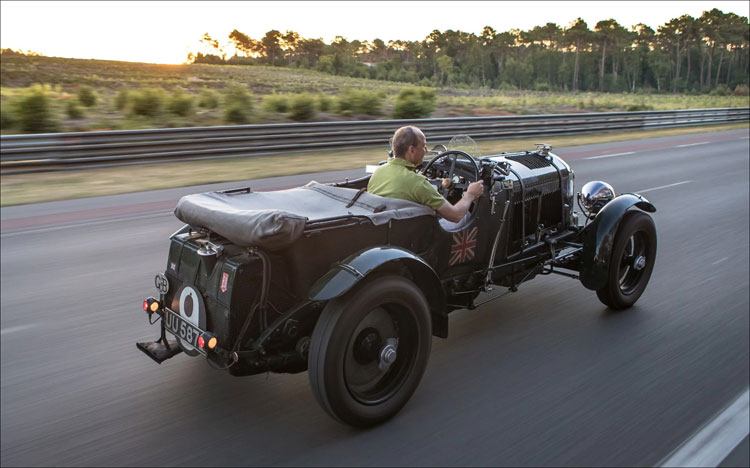
Andrew Frankel at speed at Le Mans, where Birkin famously overtook Caracciola's Mercedes with two wheels on the grass.
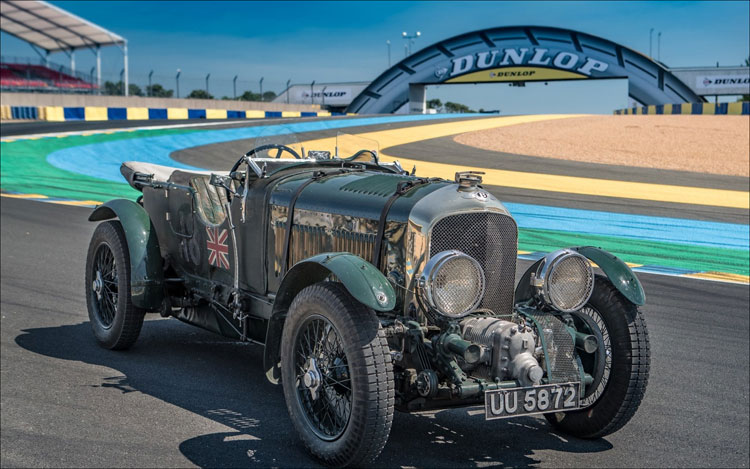
The 'Blower' Bentley at Le Mans' famous Dunlop Curves. Although the circuit has changed significantly since 1930, it remains the ultimate challenge of speed with endurance.
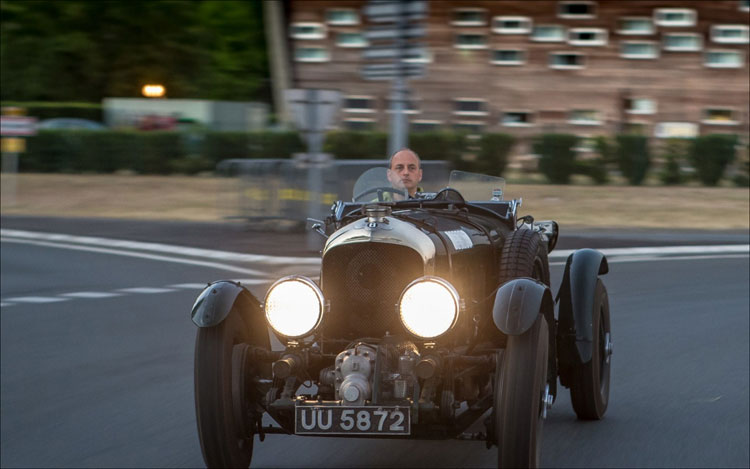
Driving into the night during a 24-hour race in the Twenties must have been ever more daunting than it is with modern lighting.
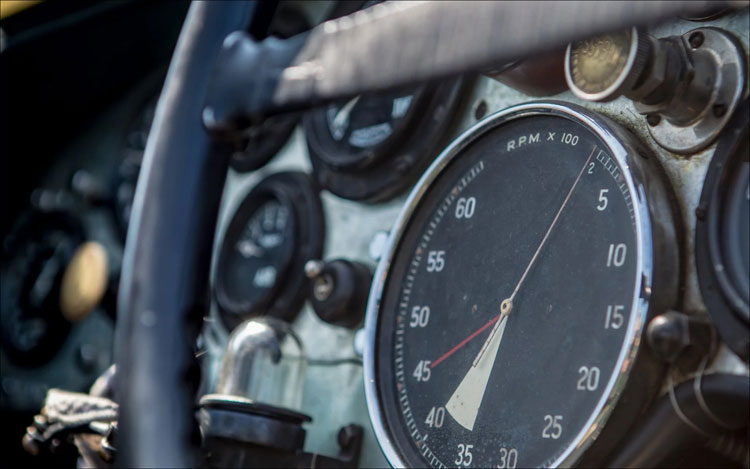
Evidence of its racing career includes pit instructions painted on the inside of the body, a lap counter and enough dials to make the cockpit look like that of a Second World War fighter plane.
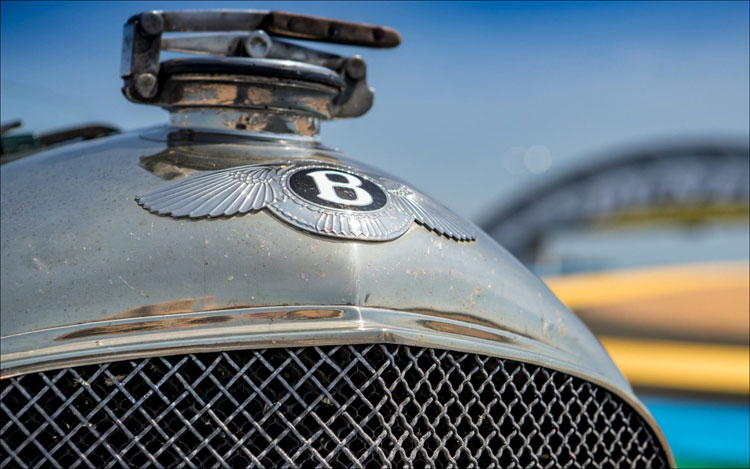
The winged Bentley emblem first saw success at Le Mans in 1924 - and then every year from 1927 to 1930.

Approaching the sharp right-hander just before the village of Mulsanne, which gave its name to later Bentleys
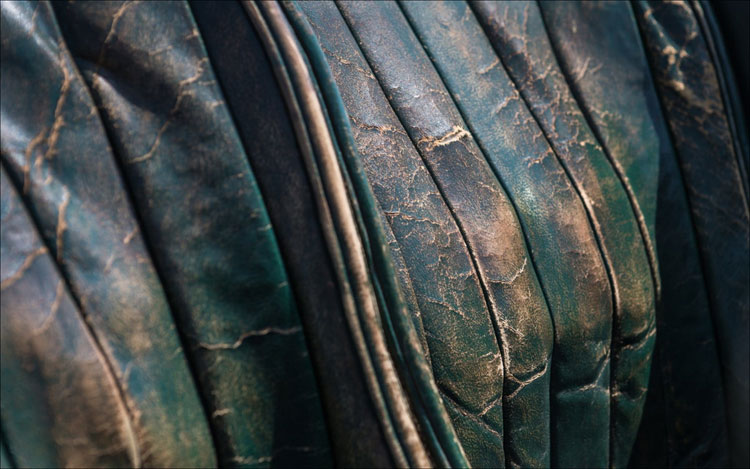
The British Racing Green leather seats haven't been restored, nor has the rest of this old warhorse.
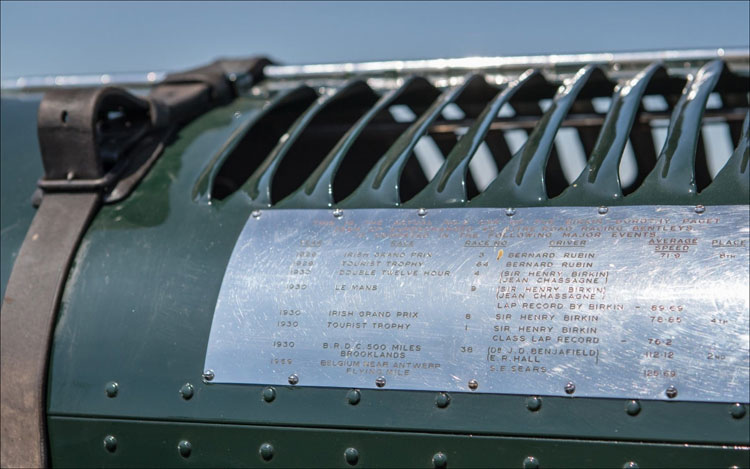
An engraved alloy panel on the bonnet recounts this car's illustrious competition career
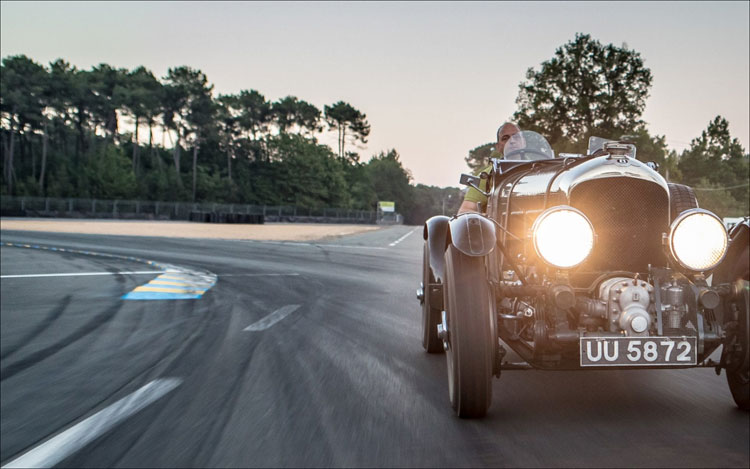
Powering on to the long Hunaudieres straight as the sun sets, Frankel realises a boyhood dream.
